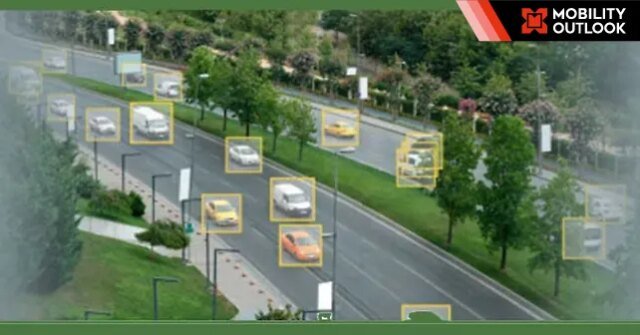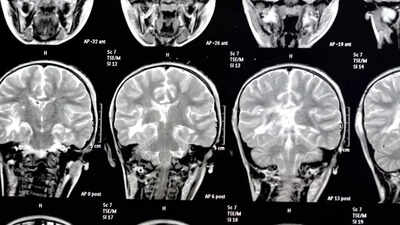
The International Institute of Information Technology, Hyderabad (IIIT-H) is quietly transforming the future of road safety and mobility through deep tech innovation, with a focus on India’s unique and often chaotic traffic conditions.
Led by Prof C V Jawahar, Dean (R&D) and Head of the Centre for Visual Information Technology, the institute is using AI, machine learning, and computer vision to develop mobility solutions tailored for Indian roads, vehicles, and behaviours.
One of the institute’s flagship research areas is Driver Intention Prediction—anticipating driver manoeuvres like turns or halts even without indicators. Using a specially curated Driving Action Anticipation Dataset (DAAD) that captures diverse views, weather, and traffic conditions, IIIT-H developed models that can predict such movements early. This research, showcased at ECCV 2024, has extended to two-wheelers as well, where rider intention prediction is even more complex but crucial for developing ADAS technologies suited to India’s roads.
In another application of AI, the institute tackled infrastructure problems caused by extreme weather. Using a low-cost mobile phone camera setup, they developed systems to assess road damage and even tree cover surveys, providing a scalable alternative to expensive civil surveys. Similar tools were used to detect traffic violations unobtrusively, using mounted cameras on public vehicles, removing the need for intrusive fixed surveillance.
A shift from reactive to proactive AI is central to IIIT-H’s vision. “Current algorithms can tell us what is present, but not what is about to happen,” says Prof Jawahar. This prompted the development of Dashgaze, a dataset using regular dash cams to estimate driver gaze patterns—a critical step in understanding distraction and awareness in real-world settings. The goal is to make such technology accessible and affordable, even on a smartphone.
The institute’s India Driving Dataset (IDD), created in collaboration with Intel, provides an open resource for developers and researchers to build algorithms suited for India’s unstructured driving environments. Unlike datasets focused on rule-abiding environments, IDD captures real-world Indian conditions across cities like Hyderabad and Bengaluru. The initiative also extends to hardware—data capture platforms on both four-wheelers and two-wheelers are now available to researchers for experimentation.
The iRASTE initiative, launched in Telangana and Nagpur, takes this a step further. It leverages AI to prevent accidents by addressing three key areas: vehicle safety through ADAS alerts, mobility analysis for dynamic blackspot detection, and infrastructure monitoring for better maintenance. Combined with predictive analytics, these efforts could help reduce India’s road accident toll—currently one death every four minutes.
Also Read:
IIIT Hyderabad Unveils Self-Driving E-Car With Human-Like Navigation Capabilities







